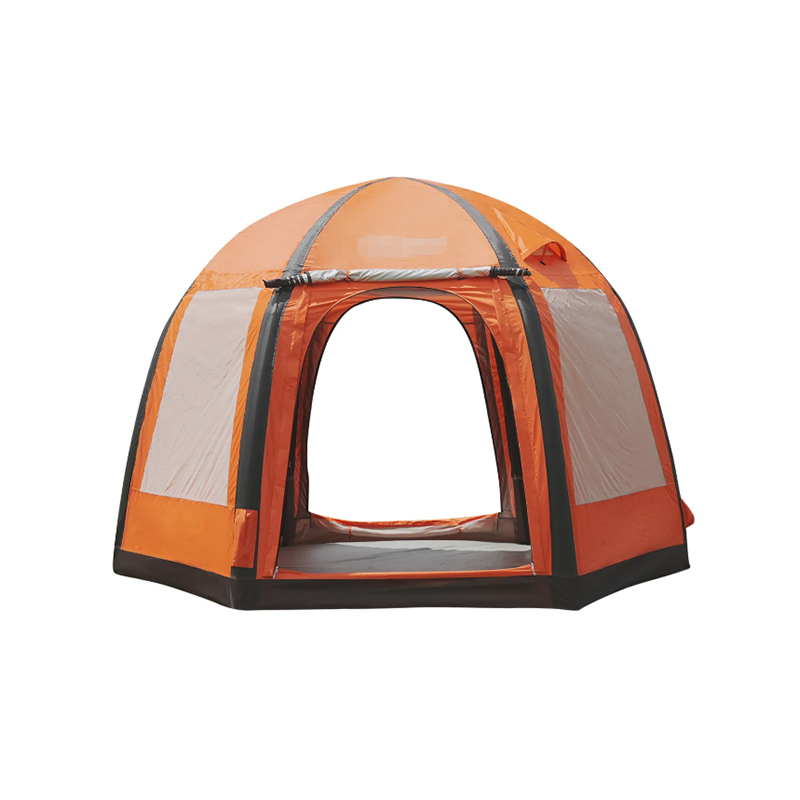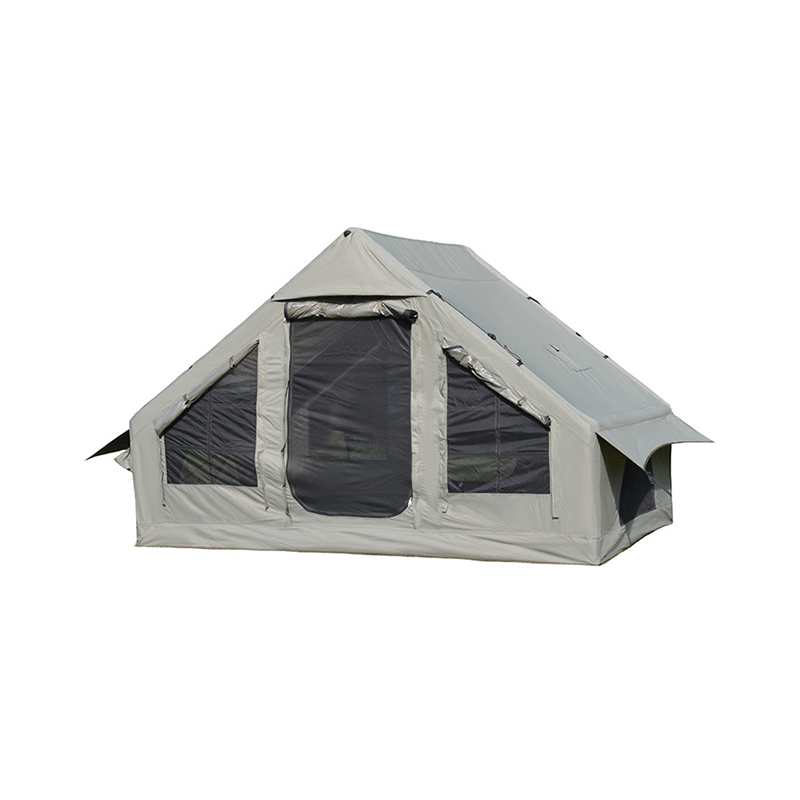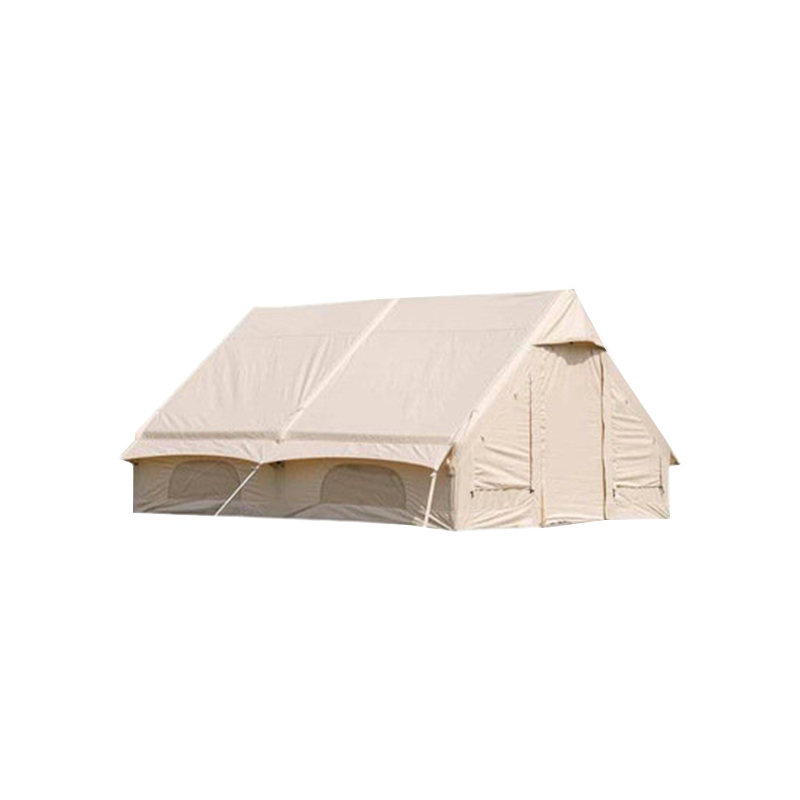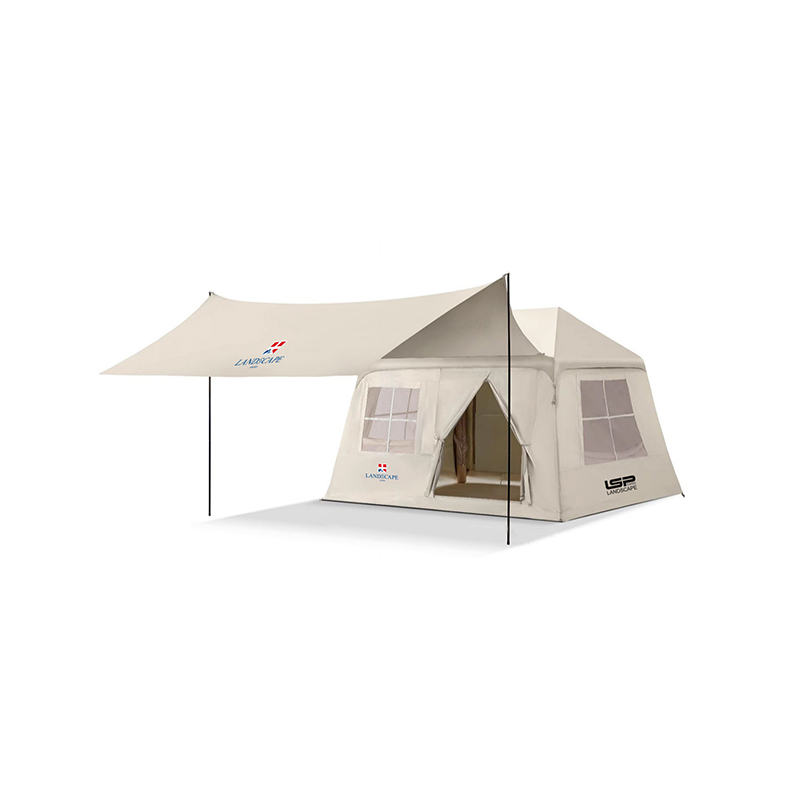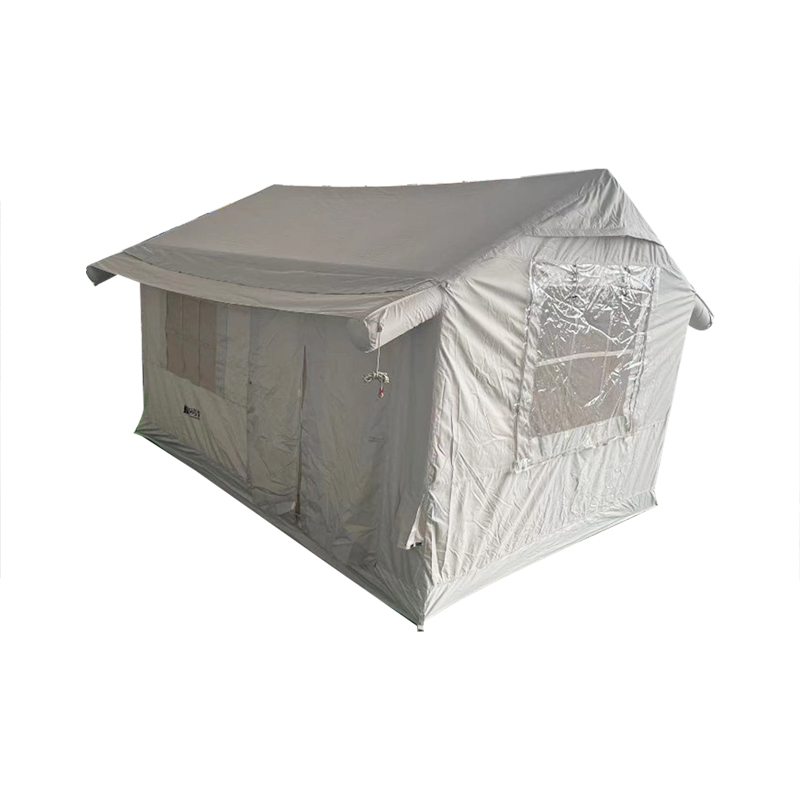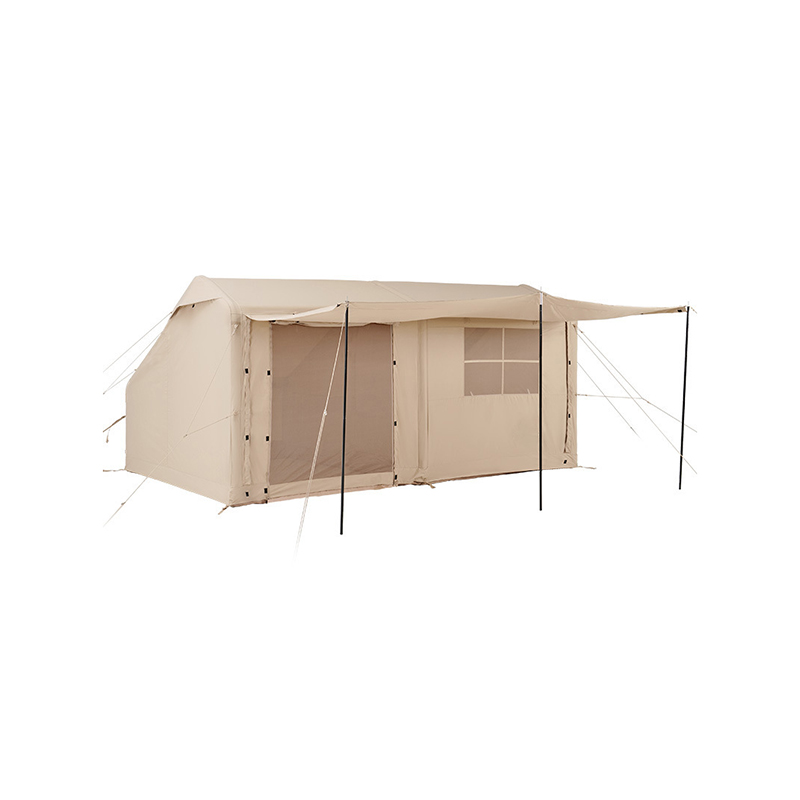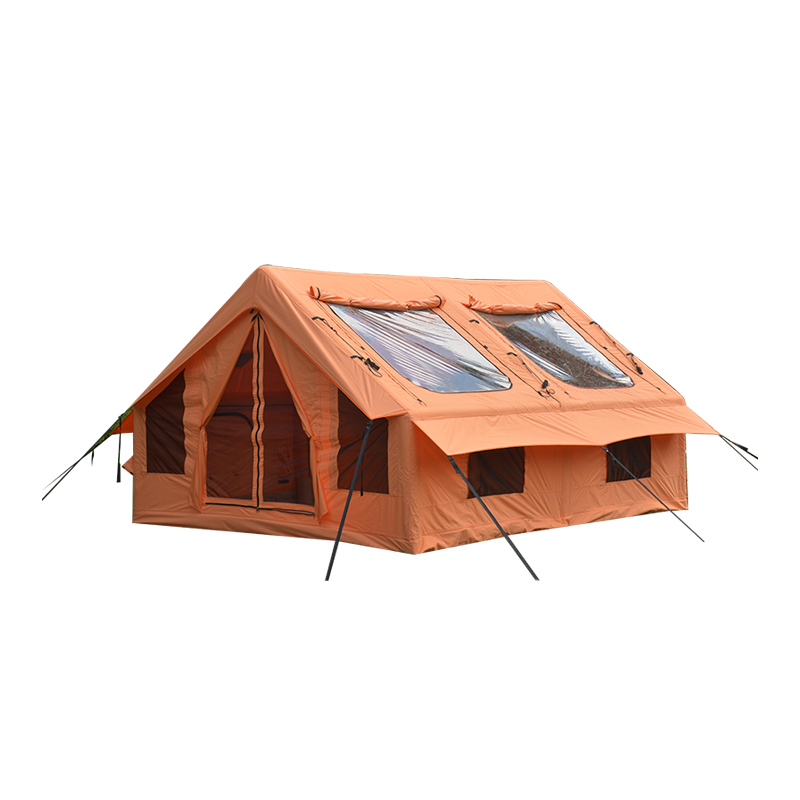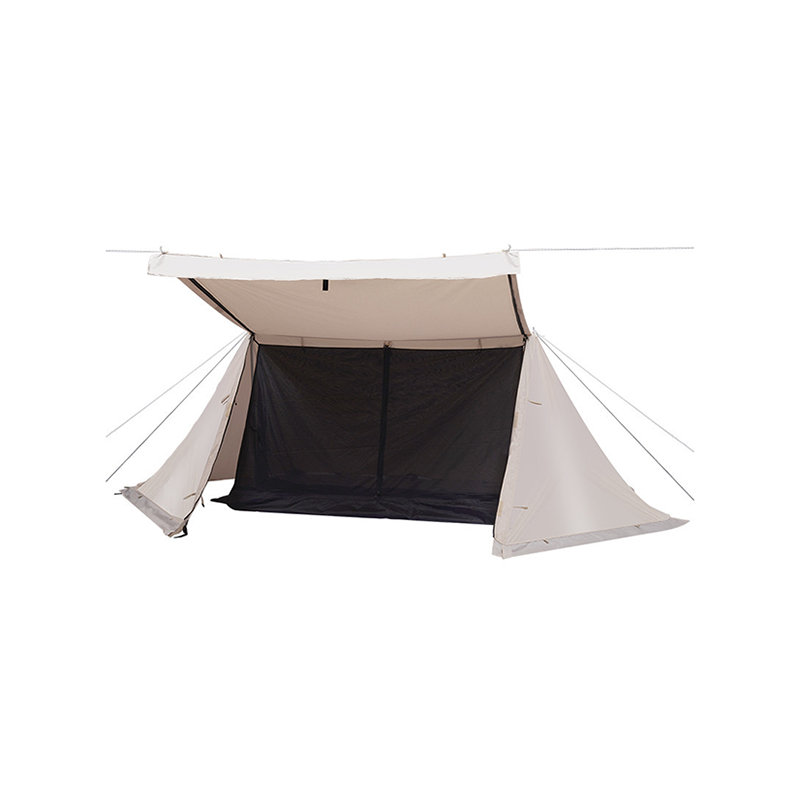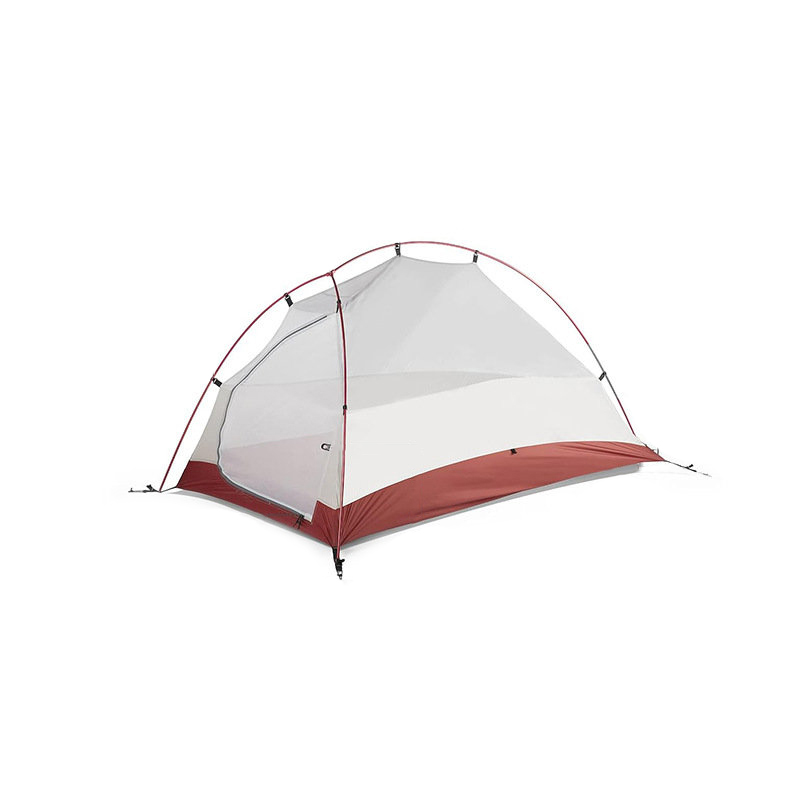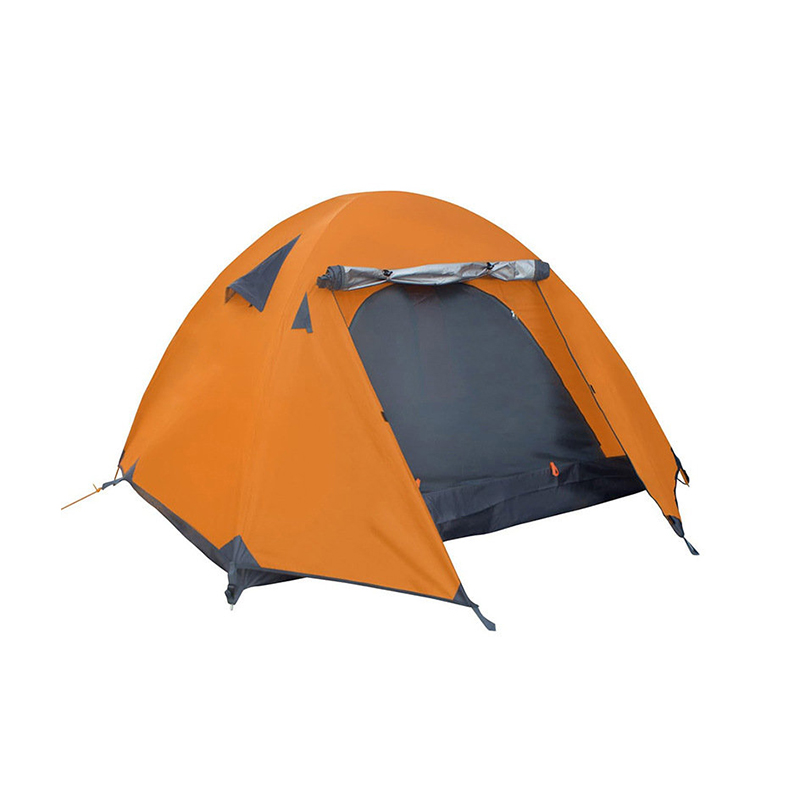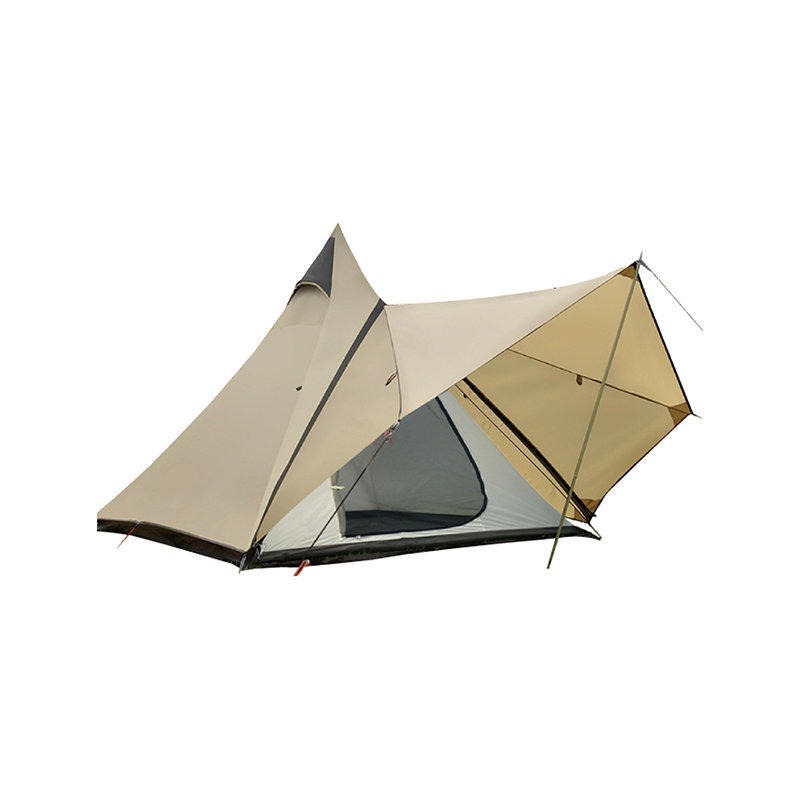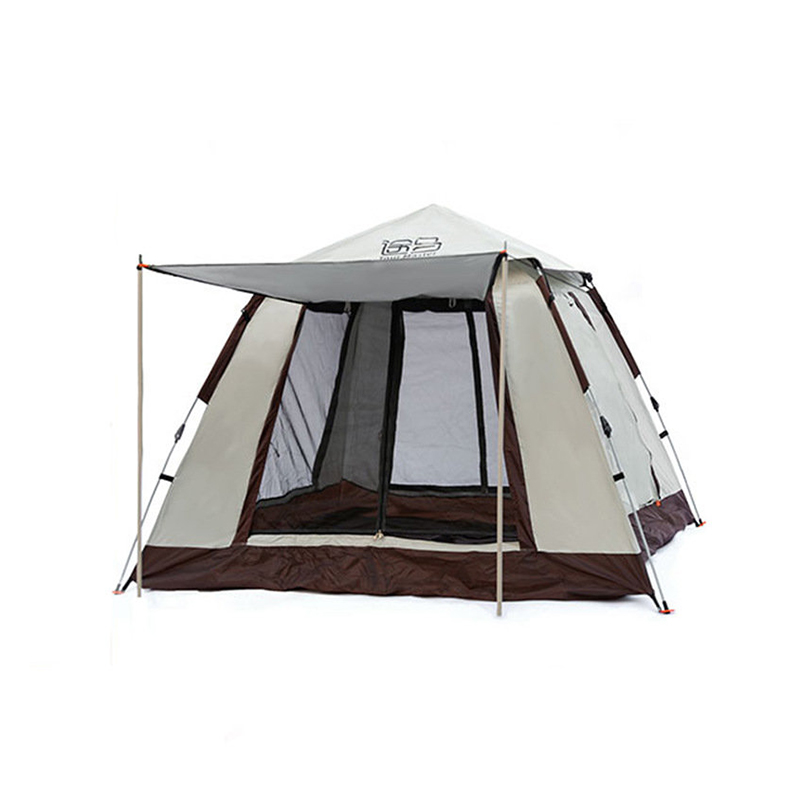The Inflatable Tailgate Tent is equipped with one or more specialized inflation valves, typically positioned at key structural points of the tent. These valves serve as the entry point for the air pumped into the tent’s internal chambers. The valve design is crafted for easy attachment and detachment of an air pump, ensuring that the airframe can be inflated with minimal effort. Some models feature a dual-lock valve system for enhanced air retention, ensuring that the air remains in the structure without escaping during the inflation process.
The inflation system is designed to be versatile and compatible with both manual and electric air pumps, offering users a variety of options depending on convenience and available equipment. Electric pumps are typically preferred for their speed and ease, with some models having a high-output electric pump included in the package. However, many tents can also be inflated using a hand pump or foot pump for those who may not have access to electricity. It's important to verify the valve type and pump compatibility before use, as some tents require specific pump nozzles or adapters. Additionally, some models may come with an integrated pump that plugs directly into a power source, ensuring everything needed for inflation is conveniently available.
Once the air pump is securely attached to the valve, the inflation process begins. The tent features inflatable air chambers that serve as the core structure, replacing traditional poles. These chambers are strategically placed to provide structural integrity and support to the entire tent. The inflation process is relatively fast, typically taking anywhere from 3 to 10 minutes, depending on the tent’s size and the pump used. During inflation, it’s important to maintain a steady airflow to ensure the tent inflates uniformly, preventing any chamber from becoming over-inflated or under-inflated. Slow, consistent inflation is recommended to help maintain the stability of the airframe and prevent undue stress on the material.
To ensure the Inflatable Tailgate Tent remains both sturdy and safe, many models incorporate pressure control systems. This may include pressure relief valves, which automatically release air if the internal pressure exceeds safe limits. Some tents also come with built-in pressure gauges that allow users to monitor the inflation levels, ensuring that the tent reaches optimal pressure without over-inflation. These features are designed to protect the tent’s material and airframe from potential damage, while also ensuring a safe, stable structure throughout use. The incorporation of these pressure management systems reflects the manufacturer's focus on user safety and product longevity.
After the event or use, deflation is as straightforward as inflation. By opening the valve, the air is released from the internal chambers, allowing the tent to collapse easily. The tent deflates quickly and efficiently, and many models feature one-way valves that prevent air from entering once deflation has started. The speed of deflation is critical for those who need to pack up quickly, particularly in tailgating or festival environments where time is often a factor. Rolling or folding the tent during deflation ensures that it is compact and can be stored in the carrying bag without difficulty. It’s important to ensure all air has been expelled to make the tent as compact as possible for storage.
Maintaining the airframe’s integrity is crucial for ensuring the Inflatable Tailgate Tent lasts through multiple uses. It is advisable to perform regular inspections of the inflation valves and air chambers for signs of wear or damage. Small punctures or leaks can be repaired using the patch kits often provided with the tent, allowing users to extend the tent’s lifespan. Users should check the valve seals to ensure they are functioning properly and not allowing air to escape inadvertently. For optimal performance, it is recommended to store the tent in a cool, dry place, away from direct sunlight, which can degrade the material over time. Proper maintenance also includes cleaning the tent’s fabric after each use to prevent dirt or debris from compromising the material integrity.



 English
English 中文简体
中文简体